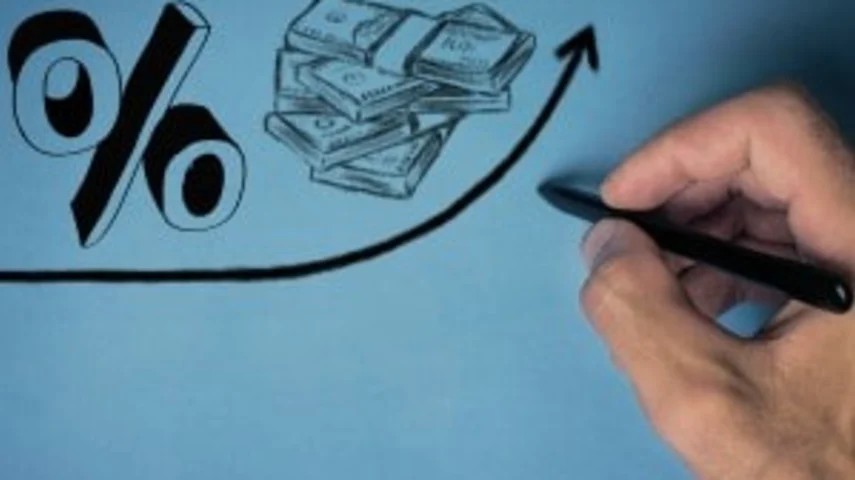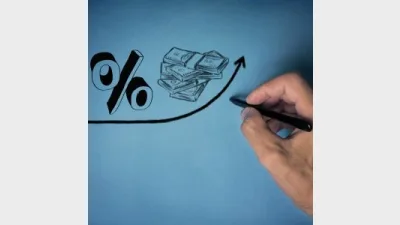Will the RBA follow the Fed’s lead with rate rises?



With the US Federal Reserve increasing its policy rate by 25 basis points to 0.50% as was widely anticipated, fund managers and economists believe Australia could follow suit soon.
According to Kerry Craig, global market strategist at J.P Morgan Asset Management, the asset manager was now anticipating US rate hikes seven times this year with almost half of the committee wanting to see more.
“This is some departure from the three hikes expected back in December and would push the Fed funds rate to 2.0% by year end,” he said.
“Moreover, a further four hikes in 2023 could see the Fed funds rate rise to a level above the Fed’s long run view of where interest rates should be, and put policy firmly into restrictive territory.”
The reasons for the hike were simple to Shane Oliver, AMP chief economist, with economic activity recovered, a tight labour market with unemployment at 3.8% consistent with the Fed’s aim of maximum employment, inflation at a 40-year high and core inflation at 6.4% year-on-year and rising.
Oliver believed the Reserve Bank of Australia (RBA) would soon follow the Fed in starting to lift interest rates.
“We expect the first hike to come in June taking the cash rate to 0.25%, with three hikes in total this year taking it to 0.75% by year end.
“They only move together if there is cyclical alignment and this year there is, with both the US and Australia recovering from the pandemic and seeing rising inflation.
“However, Australian interest rates are likely to rise less than US interest rates reflecting lower inflation in Australia and the start of a downturn in Australian property prices which will dampen the pressure to raise rates much.”
GSFM investment strategist, Stephen Miller, said the RBA could seek to increase the policy rate in June.
“Current RBA forecasts are located on the downside end of the inflation risk continuum and, as such, a policy rate rise around mid-year is still tenable,” he said.
“A clear acceleration in the March quarter Wage Price Index released on 18 May (along with a notable acceleration in other measures of wages growth) would further enhance that prospect, particularly if it follows another upward surprise in the Consumer Price Index to be released on 27 April.”
Russel Chesler, head of investments and capital markets, VanEck, said share markets in Australia and the US could regain momentum in 2022 even as interest rates rises.
“The US and Australian markets will probably take future rate rises in their stride as these are expected and almost certain,” he said.
“With inflation raging in the US and inflation picking up in a number of other countries, Europe inflation at 5.8% and UK at 5.5%, and the US CPI potentially passing 9% in coming months on higher commodity, petrol and wheat prices, we expect real assets, including infrastructure, property, resources and gold equities to perform well in this environment.”
Recommended for you
Higher interest rates could be on the cards for 2026 after monthly CPI inflation for October showed an increase of 3.8 per cent.
Global actively managed ETF assets hit a record high in October, according to independent research and consultancy firm ETFGI, breaking the record set the previous month.
Federation Asset Management has appointed an investment director and head of responsible investments to support ESG integration strategy across the firm.
Global X has announced the launch of its latest ETF, providing access to Japan’s largest companies under a low-cost structure.











